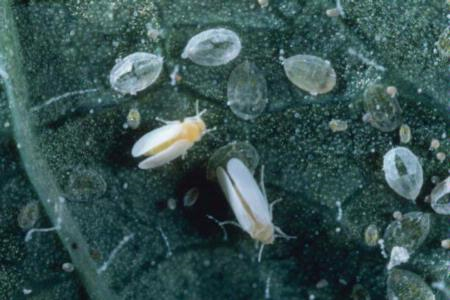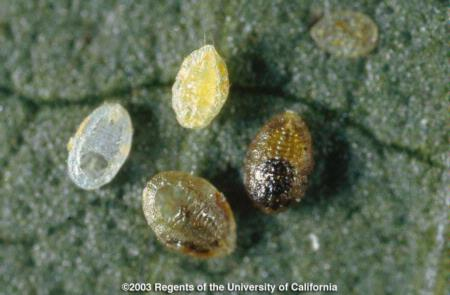Useful Resources:

- UC Pest Management Guidelines for Cotton
- Whitefly Management Guide
- Whitefly Webinars, Plant Management Network
August is the typical time for change in managing cotton pests in the San Joaquin Valley. As the plant is shifting from setting fruit to maturing fruit and our attention is shifting from protecting yield to protecting quality. Lygus becomes much less of a concern as bolls mature beyond 10 days after flowering and our attention focuses on preventing excessive honeydew from drifting down onto open bolls and exposed lint.
Minimizing the occurrence of sticky cotton remains a critical goal for San Joaquin Valley cotton. Close attention to fields

In the past several years, a resurgence in sweetpotato whitefly biotype B (formerly silverleaf) has been experience in the San Joaquin Valley. I am noting a very preventative approach in managing whitefly with treatments being applied at very low population densities. The concern for sticky cotton is real and the response to prevent it is understandable.
PCAs and growers should consult regularly to review their individual situations, determine a course with the remainder of the season in mind, and select insecticides based on the threat, the population composition and insecticide resistance principles.
There is a good collection of information available and the interested pest manager is directed to these list above for more details.
Attached Images:
